
![]()


|
|

|
| 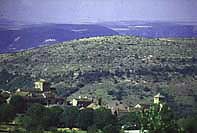
|
The village :
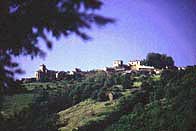
|
|
Dominated by its feudal castle, the medieval village of Castelnau features a picturesque maze of old streets and ancient houses still encapsulated inside its surrounding walls and watch towers. For art and history lovers it offers a rich architectural heritage.
No less than five historical monuments make this village one of the most remarkable of the Rouergue province.
History :
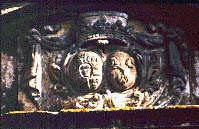
|
|
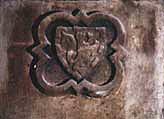
|
|
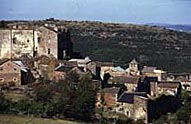
|
|
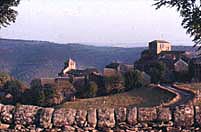
|
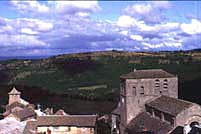
|
Historical monuments :
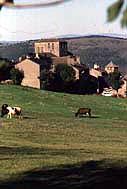
|
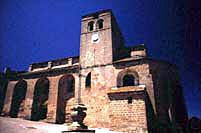
|
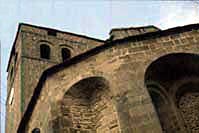
|
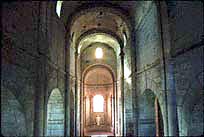
|
Roman church of the XIth century. Originally built by Bernard Levezou on a ancient cult place, the church was rebuilt (1070-1082) by Jean Langobard to install a Benedictine monastery for the Abbey of Marseille.

|
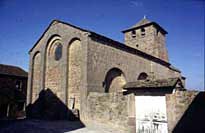
|
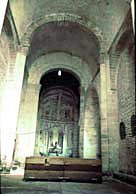
|
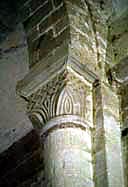
|
Rare well preserved example of convent belonging to the St Victor monastery in he Rouergue province. This monastery was founded by Bernard de Millau with Aicfred de Levezou’s donation in 1070.
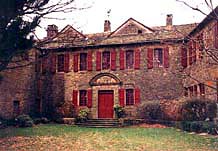
Dating back XIth century, with round towers, loopholes and in some places its rampart walk with staircases and crenels.

|
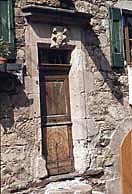
|
Many thanks to Mrss. Olivier and François Paul Rossi, owners of the castle of Castelnau and Mr Gilles Bancarel, secretary of Castelnau and Levezou cultural centre for all the private documents needed to write this page.